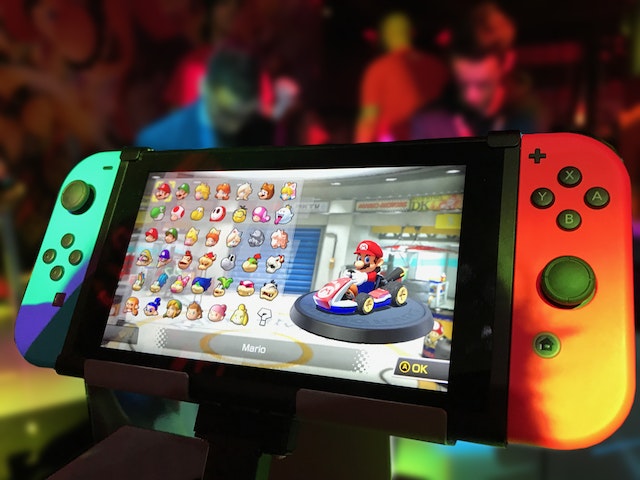Of all the rising and falling trends in the gaming world, microtransactions might be among the most controversial. While many people enjoy the games that these payments find themselves to be included in, their presence is often a source of contention, with many arguing how it diminishes the artistic integrity of the title in favour of corporate greed.
Of course, those arguments don’t ultimately stop them from finding their way into games when there are enough people who are still willing to pay them, meaning that those implementing them have no reason to change course. However, it’s interesting to look at where they are most common, and how they seem to be affecting the wider landscape as a whole.
Payment in Gaming
It’s important, before examining microtransactions and what they are, to step back and look at the wider landscape of payments in gaming. Subscriptions are something that come up again and again, sometimes for specific games, like World of Warcraft, sometimes for online services, like PlayStation Plus or Xbox Live, and sometimes for other types of services that offer unique access, like Game Pass. There is also the presence of downloadable content (DLC) that can be released for a game after release that might add a substantial amount of content, many DLC releases have ended up being beloved by fans which puts it at odds with what microtransactions generally do.
Additionally, you have the mobile market, and the option of visiting a real money mobile casino, which is an experience that won’t be for everyone, but is still distinct from microtransactions in that the payment is a core part of the concept, to begin with.
The Mobile Landscape
In that regard then, it’s important to take a closer look at the mobile landscape, as it might be here where microtransactions are most prominent. Many mobile games are free to download, and this means that developers are going to try and get their money back through these in-game purchases. These might sometimes allow the player access to simple cosmetic changes, but other times it’s going to be something that allows them to bypass a barrier of inconvenience (such as payment being an alternative to waiting an amount of real-world time).
Looking at how much of the mobile gaming revenue microtransactions encompasses can illuminate how widespread of a business model this has become, and why it isn’t slowing down.
Consoles and PC
However, this is something that has historically been an issue on console and PC games as well, which is an area where it tends to receive more backlash due to the rising cost of games, to begin with anyway, on top of the subscription fees for various services that were previously outlined. Due to this, many developers opt not to include them in single-player games, but that’s not a blanket rule, and the decision to include them regardless of the controversy is often one that’s met with backlash, such as was the case with Assassin’s Creed: Odyssey, or the upcoming Diablo IV.









